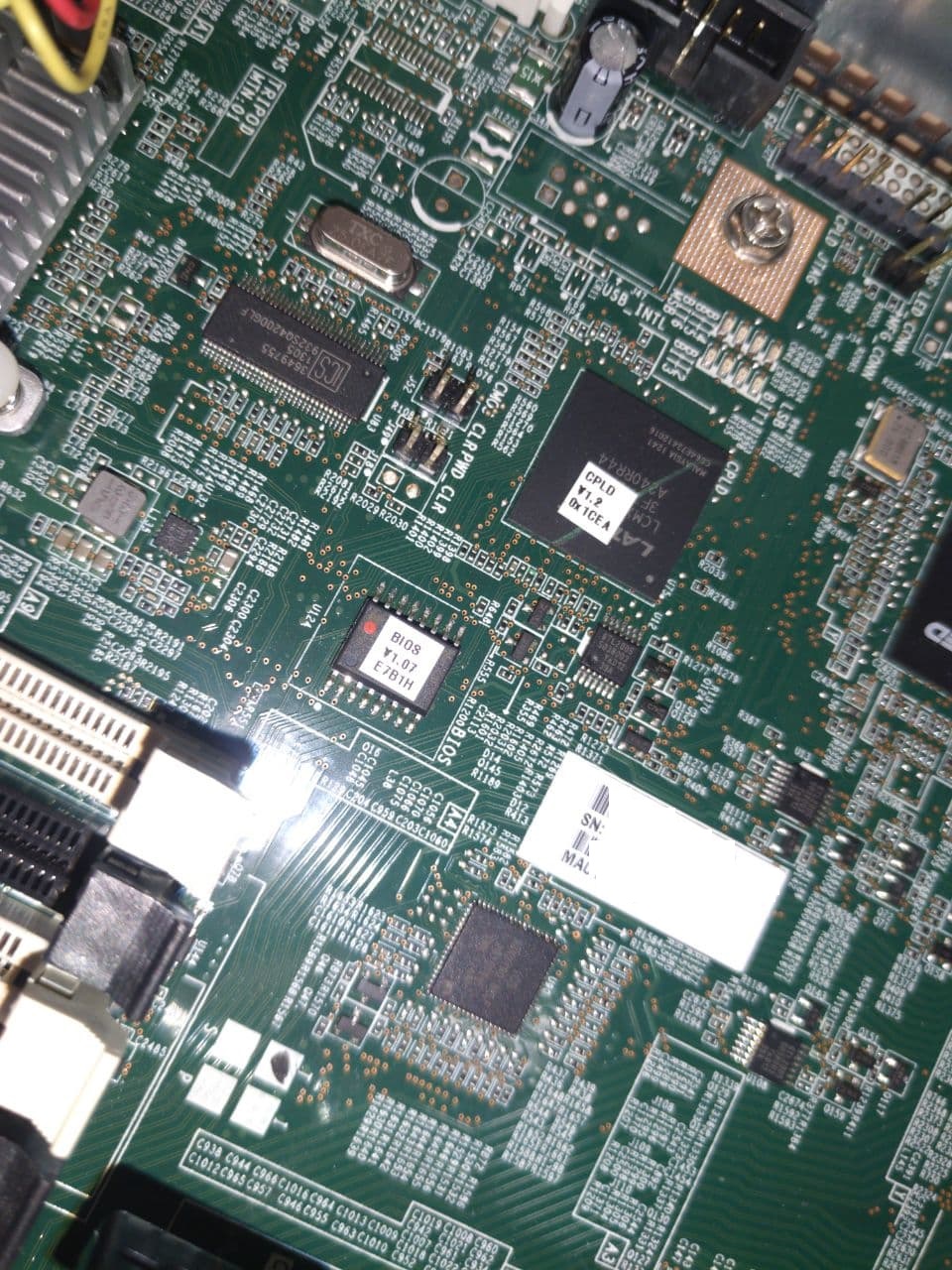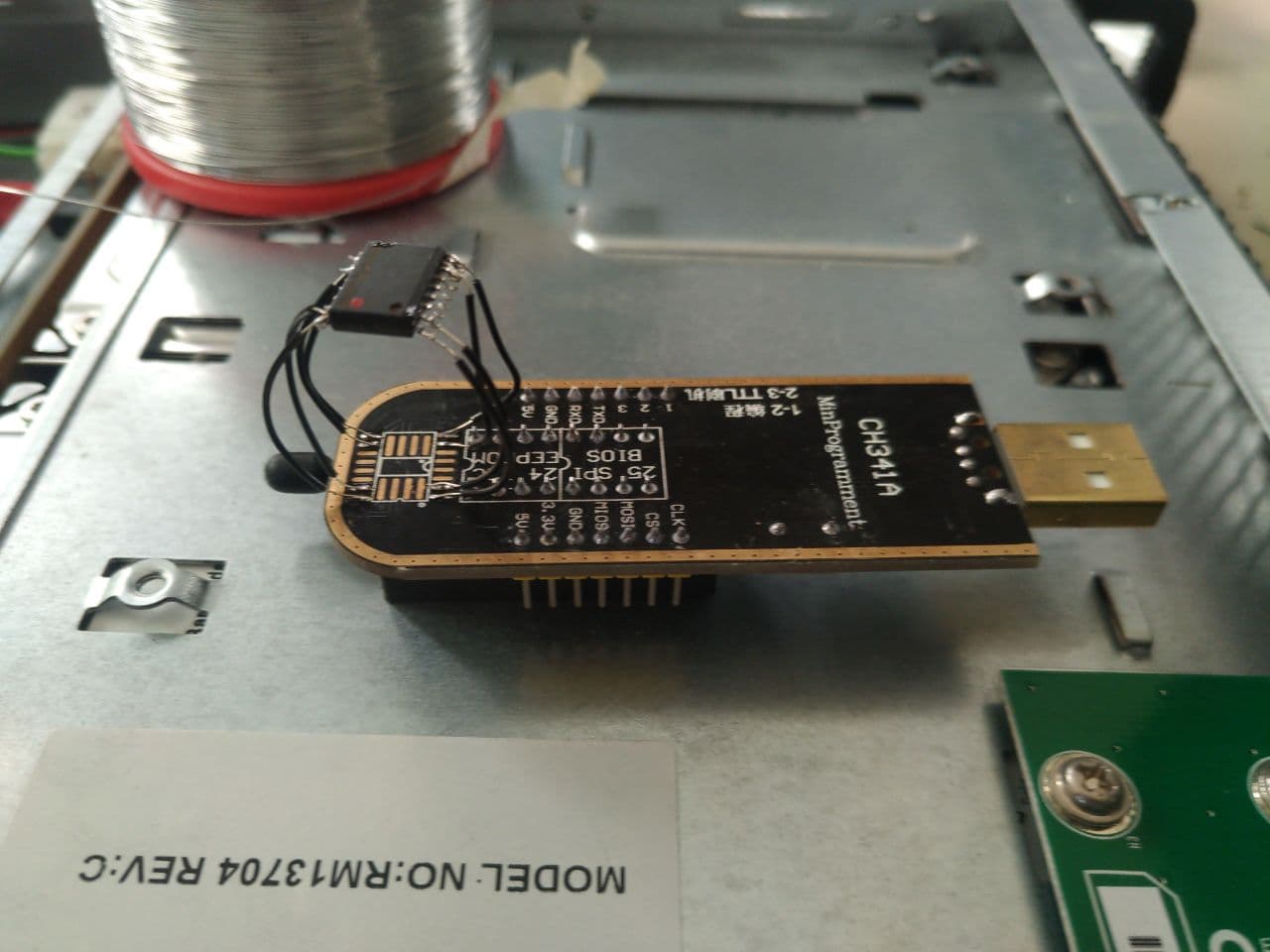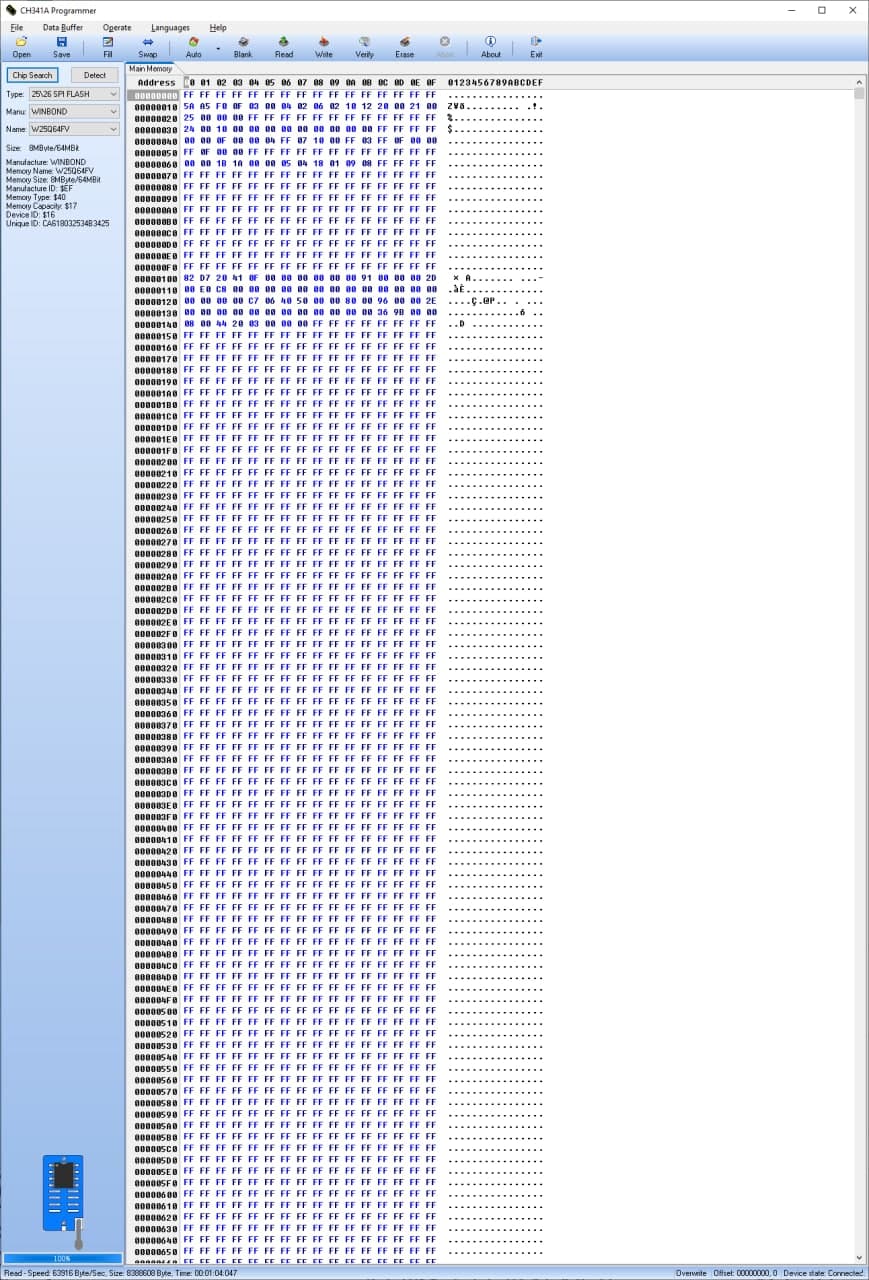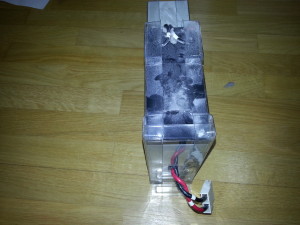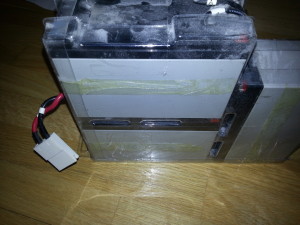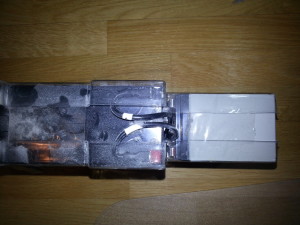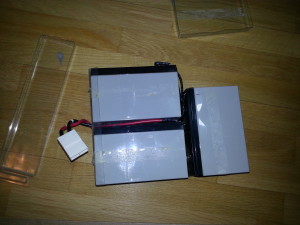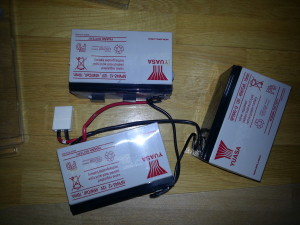This assumes that the two drives are /dev/sda and /dev/sdb.
Where /dev/sda is the existing drive and /dev/sdb is the new drive,
and that the system partition is sda1/sdb1.
Copy the partition table from /dev/sda to /dev/sdb
sfdisk -d /dev/sda | sfdisk --force /dev/sdb
Set the filesystem type to “fd” (Linux raid autodetect)
sfdisk --change-id /dev/sdb 1 fd
Zero the superblock to make sure that mdadm will not detect an existing volume
mdadm --zero-superblock /dev/sdb1
Create the RAID 1 with the new disk only
mdadm --create /dev/md0 --level=1 --raid-disks=2 missing /dev/sdb1
Add the raid to mdadm.conf so that it will be configured automatically on boot
mdadm --examine --scan >> /etc/mdadm/mdadm.conf
Create the physical volume on the new raid volume
pvcreate /dev/md0
Create a volume group on the new physical volume
vgcreate vg_hostname /dev/md0
Create a logical volume on then new volume group
lvcreate -L 100G -n root vg_hostname
Create an ext4 filesystem on the logical volume
mkfs.ext4 /dev/vg_hostname/root
Mount the new filesystem
mount /dev/vg_hostname/root /mnt
Copy the old system files
rsync -auxHAXSv --exclude=/dev/* --exclude=/proc/* --exclude=/sys/* --exclude=/tmp/* --exclude=/mnt/* --exclude=/afs/* / /mnt/
Modify /etc/fstab, the line for / should be
/dev/vg_hostname/root / ext4 errors=remount-ro 0 1
Create /etc/grub.d/09-lvm with contents:
#!/bin/sh
exec tail -n +3 $0
menyentry 'New system' --class gnu-linux --class gnu --class os {
insmod part_msdos
insmod diskfilter
insmod mdraid1x
insmod lvm
insmod ext2
set root='lvm/vg_hostname-root'
linux /boot/vmlinuz-$(uname -r) root=/dev/mapper/vg_hostname-root ro
initrd /boot/initrd.img-$(uname -r)
}
Add the following to /etc/default/grub:
GRUB_PRELOAD_MODULES="lvm"
Update the grub configuration files:
update-grub
Update the initramfs
update-initramfs -c -k $(uname -r) -u
Reboot and it should now boot from the LVM volume
reboot
Verify that we have booted from the LVM volume
mount
# the output should contain the following
/dev/mapper/vg_hostname-root on / type ext4 (rw,relatime,errors=remount-ro,data=ordered)
If everything is ok we can continue with adding the old drive to the raid.
Change the partition type to Linux raid autodetect
sfdisk –change-id /dev/sda 1 fd
Add the old drive to the raid:
mdadm --add /dev/md0 /dev/sda1
Update grub config files and initramfs
update-grub
update-initramfs -c -k $(uname -r) -u
Install grub to the devices.
grub-install --recheck /dev/sda
grub-install --recheck /dev/sdb
